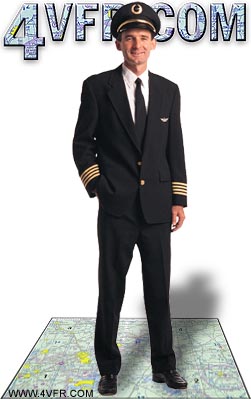 We Help You Pass
We Help You Pass
Our free online study guide really works. You can study for your FAA private pilot ground school exam right now. For more info about the 4VFR.COM project, click here. You can find a daily update log here.
Live ATC Audio Streams
Tune into live air traffic control frequencies from North America. This feature requires Real player. Start listening to ATC now!
Reference Library
Our glossary lists and databases have grown quickly. I am working to create an on-line reference library to tie together all the loose ends. You can check out what is currently available in the library
FAA Practice Exam - New!
Introducing our newly enhanced practice exam. Now with figures!. Take a test a day for a week, and I guarantee you will do better on your exam. Get Started Now!
Show your support for 4VFR.COM - Link us. Bookmark us. Tell your mother about us. Press CTRL-D to bookmark this site now!. Check out one of our proposed T-Shirt Designs.
Feature Article: Abnormal Situation Training
We do not want a first spin to be of the accidental kind.
We do not want a first encounter with adverse weather to be while
solo. A pilot's first SVFR experience should not be after getting
rated. Training that avoids turbulence is not likely to give
a pilot familiarity and confidence when cockpit things begin
to jump. The startle factor of such events are quite likely to
cause reactions based upon instinct rather than training. The
rule of primacy is apt to be a pilot's worst enemy in a startle
situation. The failure of training to provide prior experience
into abnormal situations is a failure of the instructional program
and instructor. Good judgment and appropriate decision making
can only exist through situational exposure. Flight instruction
is expected to prepare students to fly into the expected and
to avoid the unexpected.


Last Modified December 26, ©2025 TAGE.COM

